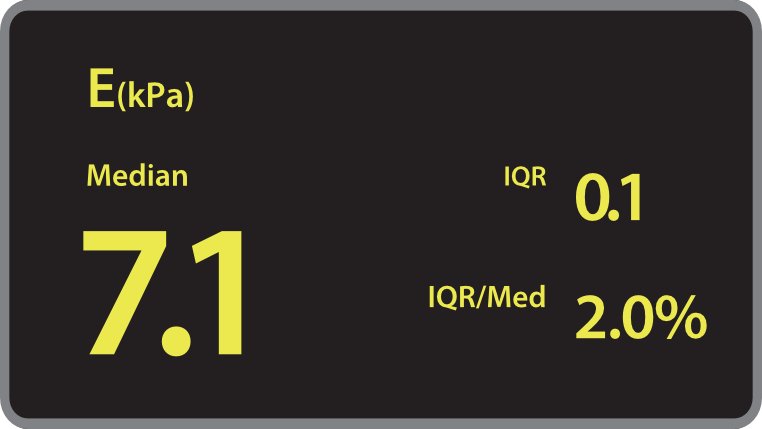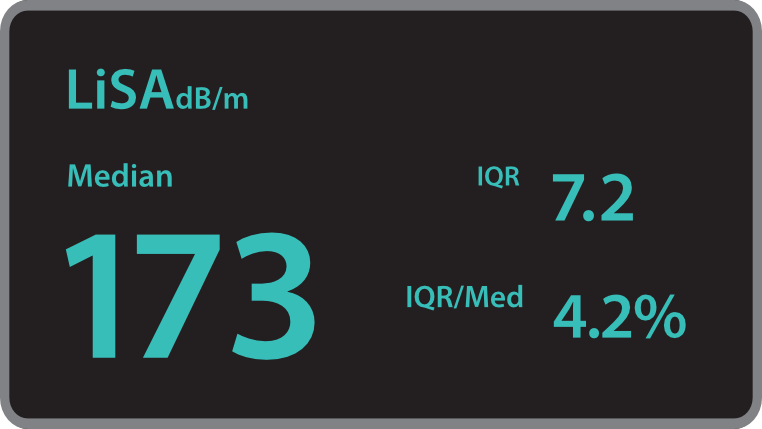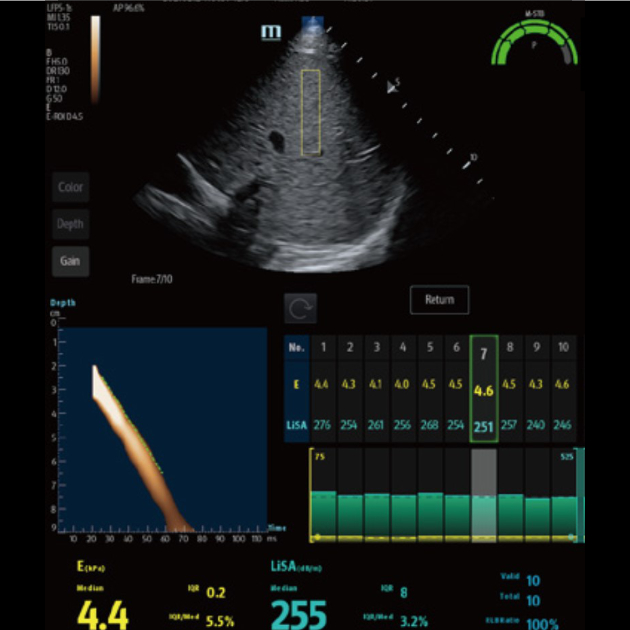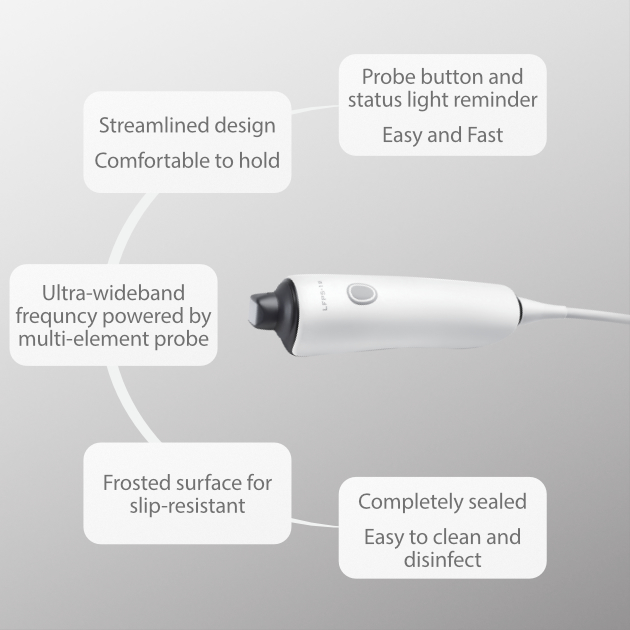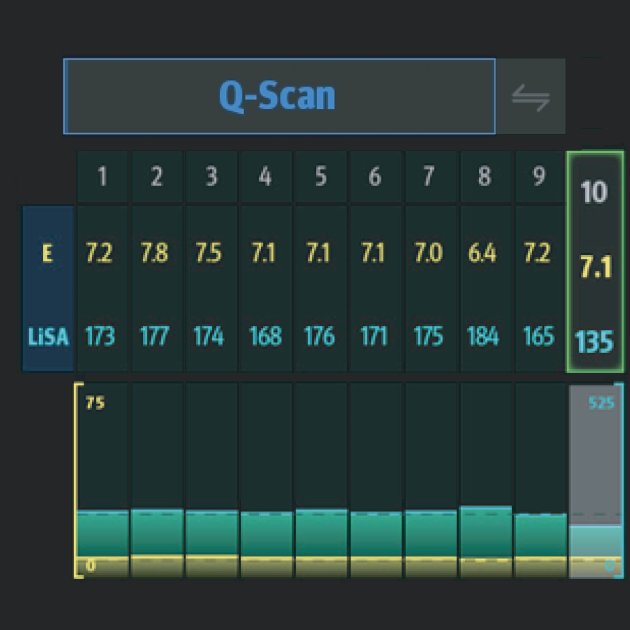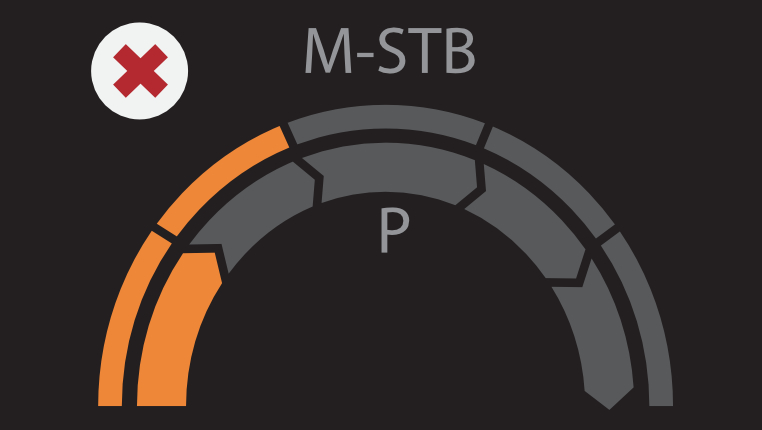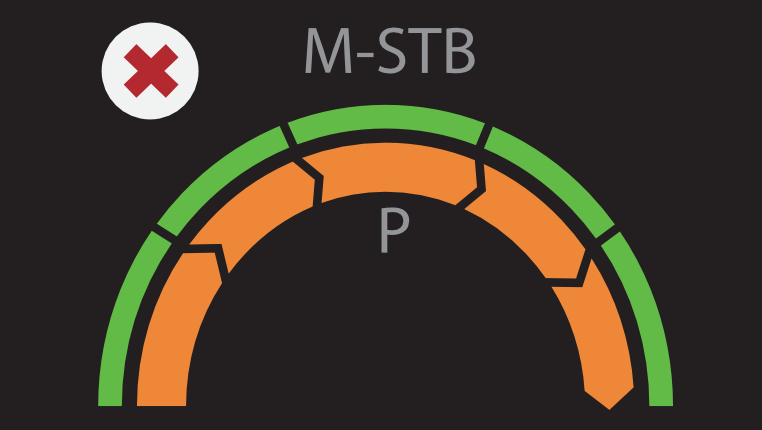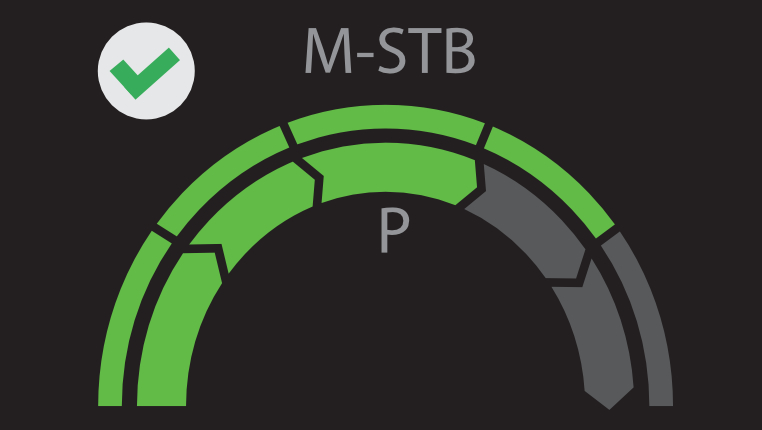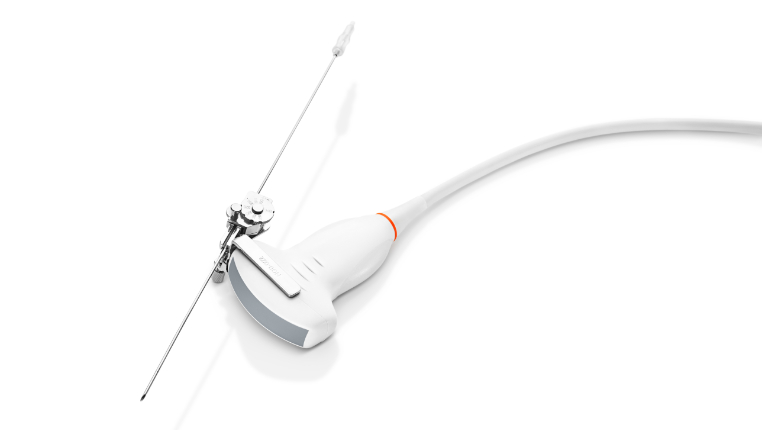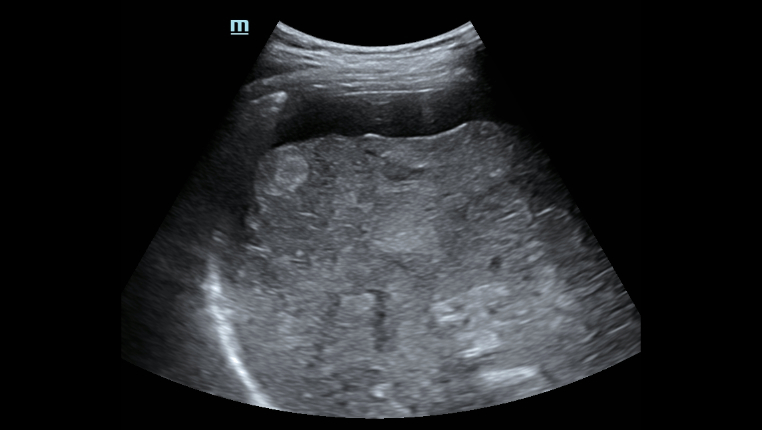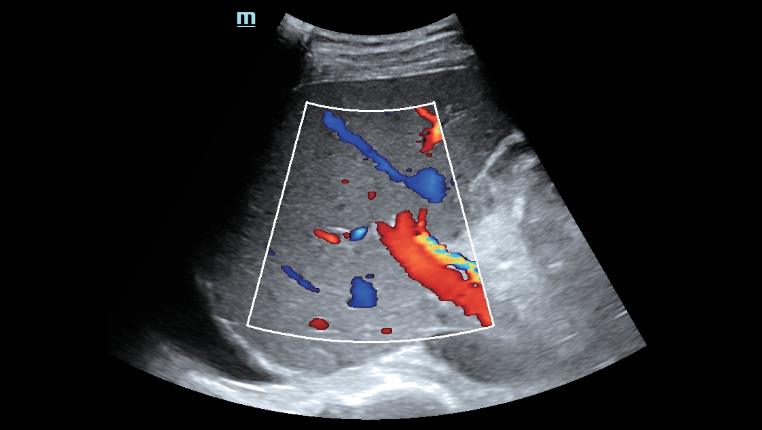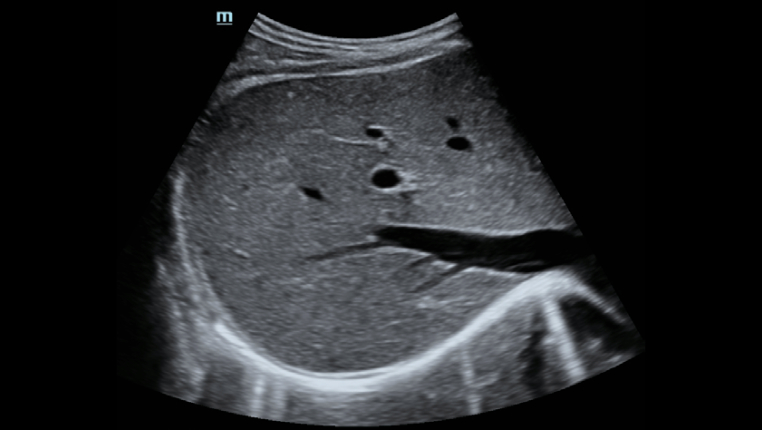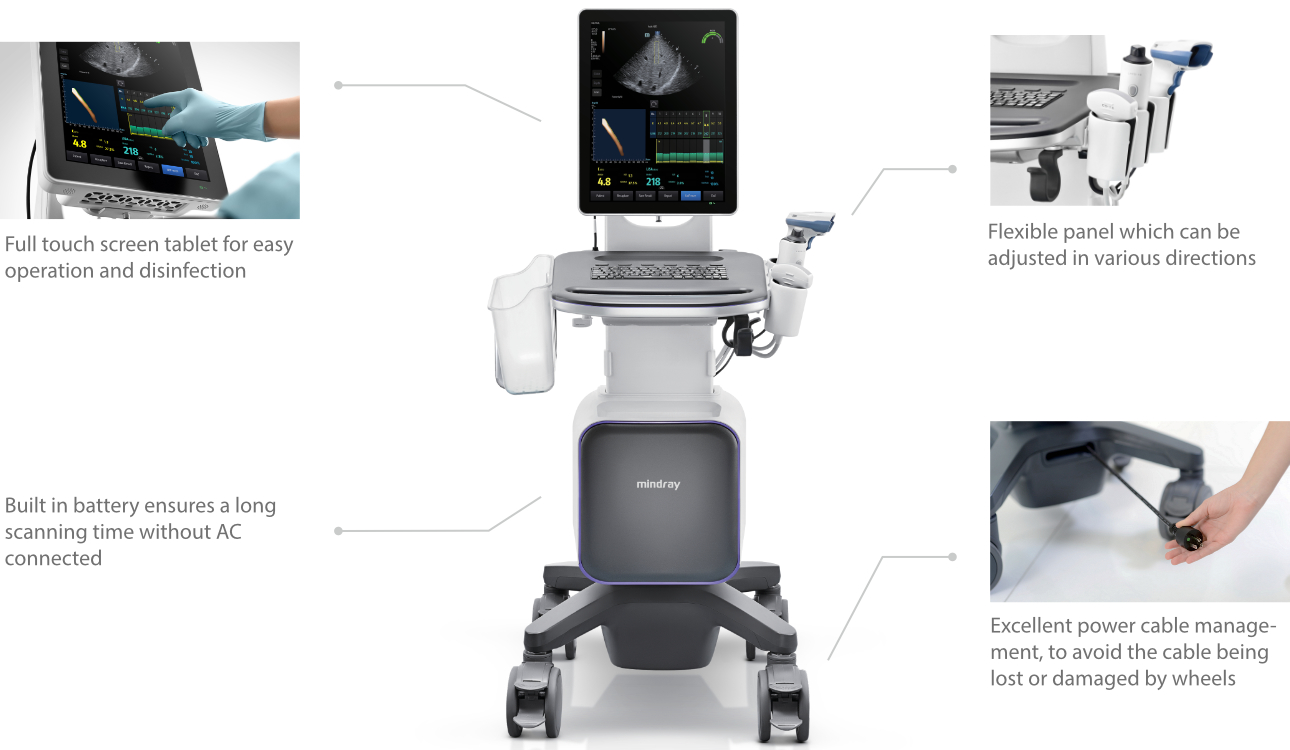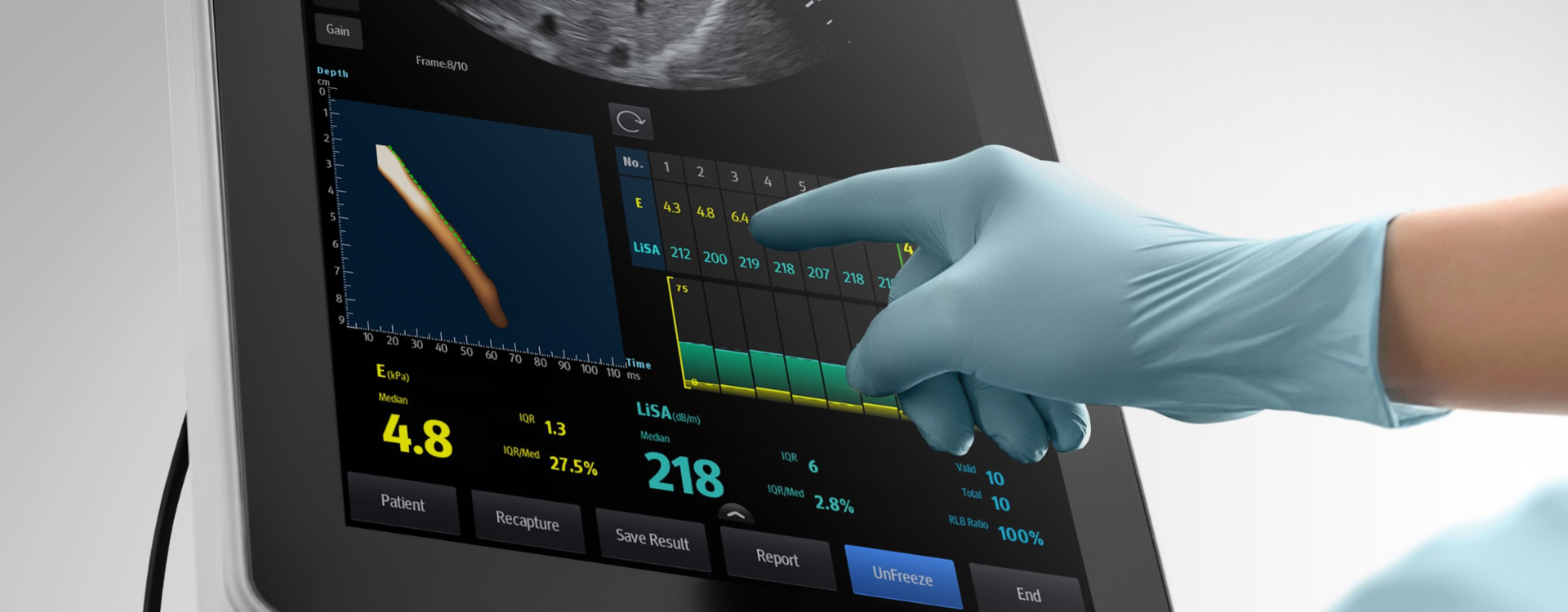
Diagnostic ultrasound system
Hepatus Series
New Vision for Liver Care
A new era for noninvasive diagnosis of liver disease
Hepatus is a professional non-invasive diagnostic system for liver diseases, providing quantitative result to indicate the stage of liver fibrosis. It is accurate, efficient, reliable, and convenient for disease follow-up, opening a new era for noninvasive diagnosis of liver diseases.
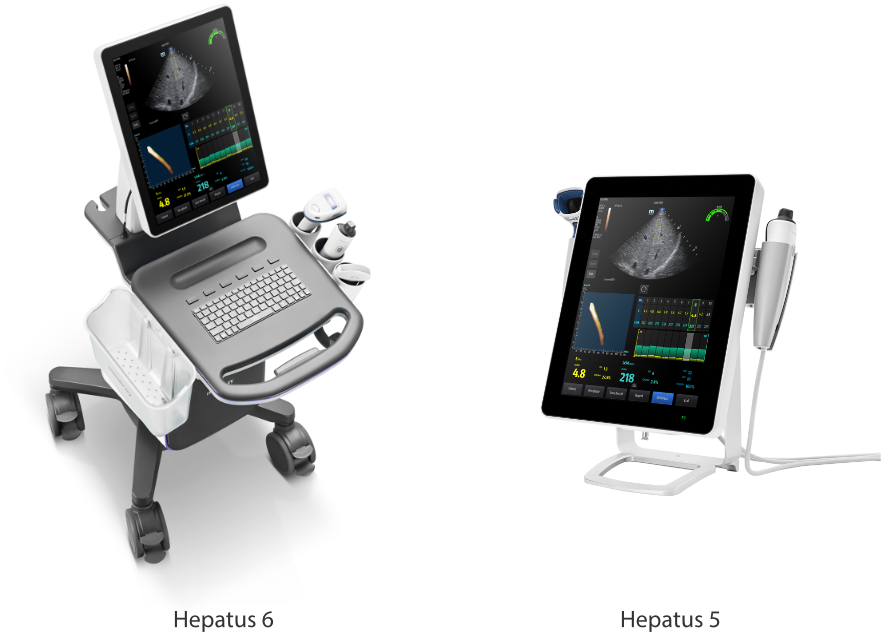
Wide range of clinical applications
It is applicable to the screening, diagnosis, monitoring and treatment assessment of liver fibrosis and steatosis due to various reasons. Especially during early stage.
- Nonalcoholic fatty liver disease
- Alcoholic liver disease
- Chronic hepatitis B
- Chronic hepatitis C
- Drug-induced liver injury
- Autoimmune liver disease
- Biliary tract disease
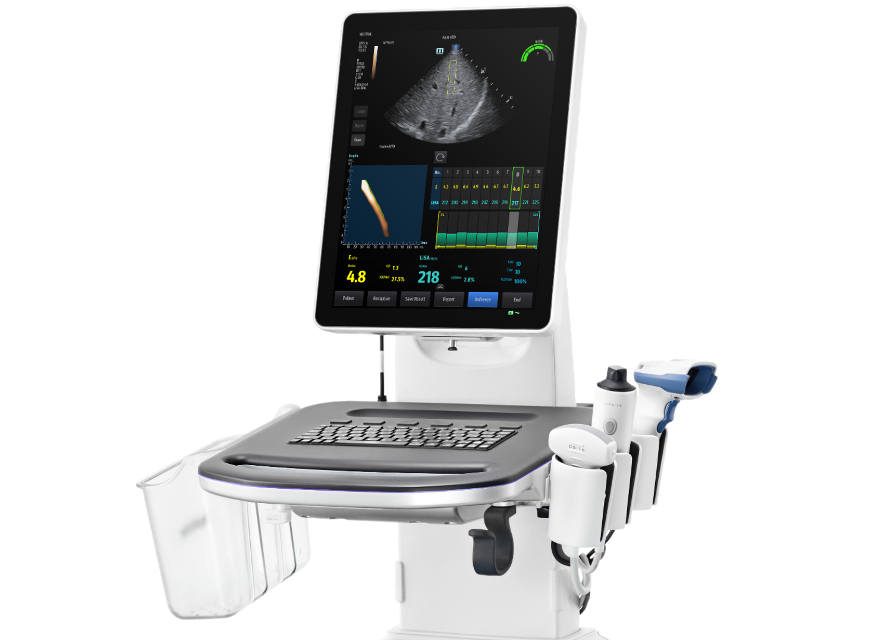
Reliable quality control index
• Pressure index (P): quality control of probe pressure
• Motion stability index (m-STB): ensure respiratory stability
• Clear indication with different color to improve the quality control during examination
• Motion stability index (m-STB): ensure respiratory stability
• Clear indication with different color to improve the quality control during examination
Various ultrasound solutions*
· Professional ultrasound probe to facilitate the examination of ascites, etc.
· Dedicated ultrasound guided puncture to improve the accuracy of biopsy
· Excellent ultrasound image and function enable comprehensive assessment of liver morphology and hemodynamics.
· Dedicated ultrasound guided puncture to improve the accuracy of biopsy
· Excellent ultrasound image and function enable comprehensive assessment of liver morphology and hemodynamics.
* Available on Hepatus 6
